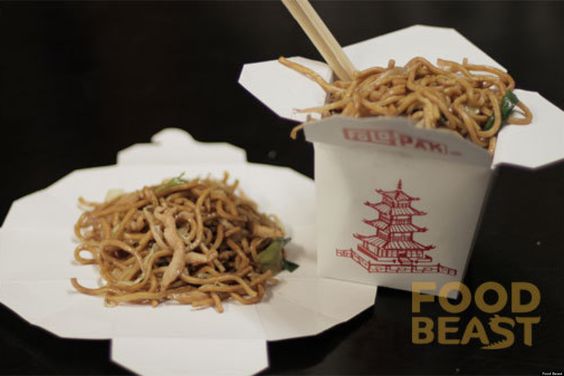We are surrounded by objects in our daily life, thought by us, to be as useful as possible. However, we do not exploit all their potential. Why is this?
What’s more common than a pot, a juice carton or a bag of take-out food? What if I told you that most of us don’t know how to use them as their designer intended? You think you’re in the category of those who know. Are you sure about that?

Did you know that the hole on the tip of the pan allows the spatula to rest?

Or were you aware that most of us use the orange juice bottle upside down?

And finally, did you think that a doggy bag could unfold to become a plate?
Through these 3 objects, we realize that the solutions that the creators have found to simplify our lives are totally unknown to us.
While being anchored in our daily life, the interactions we have with these objects are awkward.
Indeed, while these objects are simple and practical, we have found other ways to interact, more instinctive but less optimal.
Faced with this paradox, we can begin to ask ourselves many questions about the way we apprehend the objects around us. After all, we are not so sure we know our everyday life so well.
Here are the various questions that these awkward interactions raise:
How to recognize a clumsy interaction?
How do awkward interactions with everyday objects arise?
- Does it depend on me/user?
- Does it depend on the object?
- Does it depend on the emotion linked to the object?
- Does it depend on how we saw the object used by the other?
- Does it depend on our curiosity about the object?
Do they have an influence on our behavior and habits?
- Why do we reproduce them ad infinitum?
- Do we need them?
- Do they generate progress?
If we interact so awkwardly with such simple objects, we may wonder how awkward we can be with more complex objects?
For the articles to follow I will try to answer these different questions.